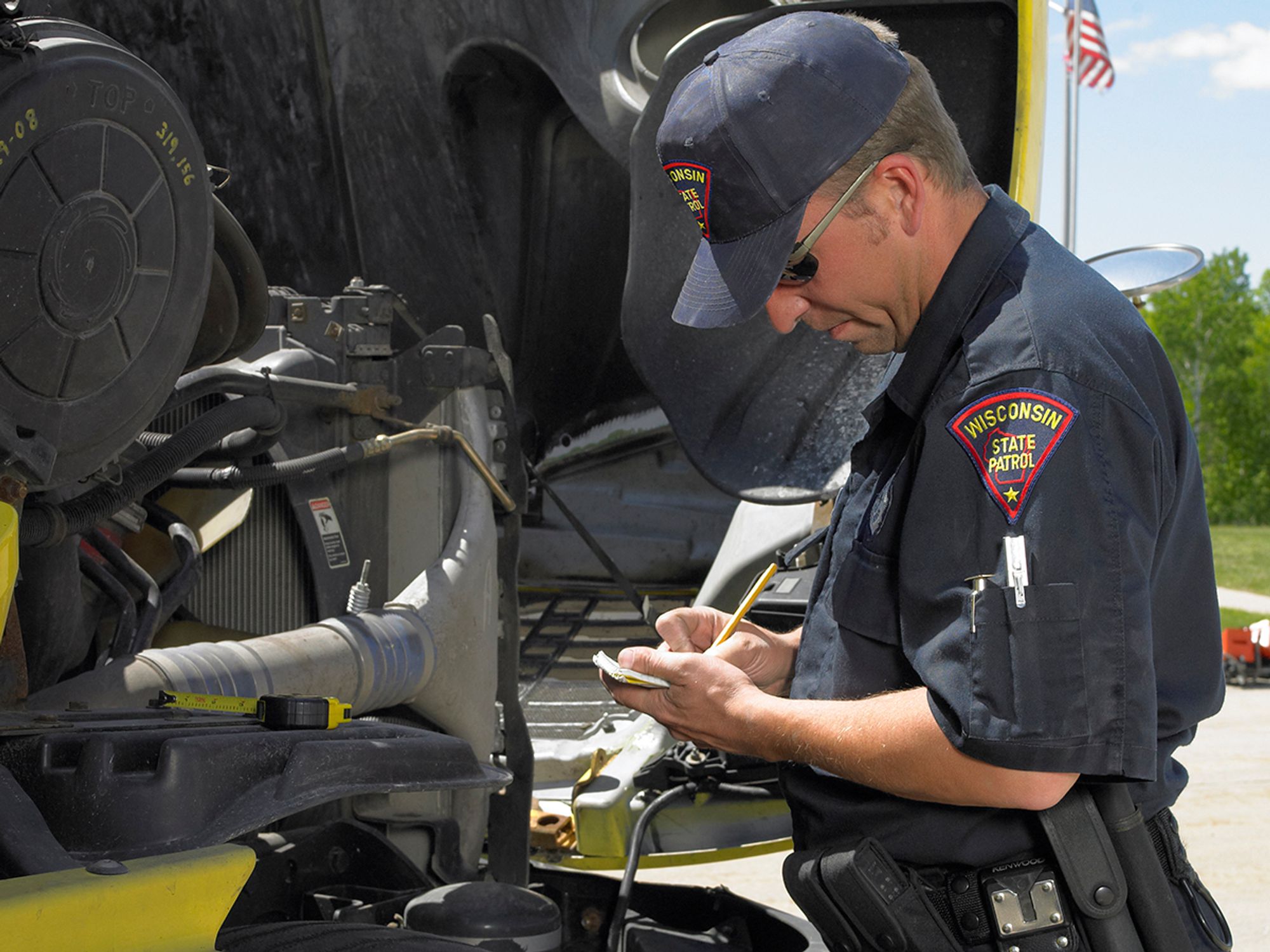Safety Management Cycle

- The Safety Management Cycle is a six-component process improvement tool used by the FMCSA to analyze a carrier’s safety and compliance program and help address noncompliance issues.
- The Cycle is made up of six SMPs that signify key components of a carrier’s safety plan.
- The six SMPs are policies and procedures, roles and responsibilities, qualification and hiring, training and communication, monitoring and tracking, and meaningful action.
The Federal Motor Carrier Safety Administration (FMCSA) describes the Safety Management Cycle as the “signature tool” of its investigative process. Fortunately, this tool is publicly available for use by motor carriers looking to address their safety and compliance issues and improve their Compliance, Safety, Accountability (CSA) scores.
Like other process improvement tools, the Safety Management Cycle is applied as a step-by-step process to determine why safety and compliance issues are occurring. The tool also provides a framework for brainstorming remedies, choosing solutions, and designing and implementing plans to improve a carrier’s safety operations.
The Safety Management Cycle can be broken down into six components, known as “Safety Management Processes” (SMPs), as shown below. The six arrows identify key components of a carrier’s safety program where problems may arise. All six “spokes” in the diagram must be working effectively in order for a motor carrier’s safety efforts to succeed.
The SMPs are:
- Policies and procedures define the “what” and “how” of a motor carrier’s operations. Policies establish the guidelines for how motor carriers and their employees behave in a given situation; procedures explain how to accomplish these policies. The other five SMPs focus on how to implement these policies and procedures.
- Roles and responsibilities define what each employee should do to implement policies and procedures.
- Qualifications and hiring covers finding and qualifying people for the defined roles and responsibilities.
- Training and communication of a motor carrier’s policies, procedures, roles, and responsibilities, so that every employee understands the expectations and has the skills and knowledge to perform their assigned functions.
- Monitoring and tracking of employee performance, which enables companies to be aware of their employees’ safety performance and compliance with its policies and procedures and how they execute their roles and responsibilities. Monitoring involves looking at the performance of the operation, while tracking is assessing the data collected, leading to meaningful action.
- Meaningful action gives motor carriers the tools to correct or improve employee behavior, including, for example, refresher training and positive reinforcement such as rewards or bonuses, in order to improve the motor carrier’s overall safety performance.
When an FMCSA investigator looks at a motor carrier’s compliance efforts, the investigator will use the Safety Management Cycle to locate and point out specific areas of noncompliance. When problems are found during an audit, the auditor will want to see the company’s policies and procedures, the assigned roles and responsibilities, and the company’s hiring, qualification, and training practices. The auditor will then want to know how the carrier is tracking and monitoring compliance and will check if there has been meaningful action taken to address the problems.
The FMCSA traditionally leaves it up to the motor carrier to decide the details on implementing safety management controls that best fit its operations. The FMCSA only verifies that the company has some type of controls in place and the carrier is operating safely and compliantly.
If the company were not operating compliantly and safely, as proven by roadside inspection data or the results of an investigation, the FMCSA would likely decide that the company does not have adequate safety management controls in place.
The Safety Management Cycle uses this abstract idea of having controls in place and offers motor carriers — and enforcement personnel — a more concrete, step-by-step guide for implementing a solution. When a carrier performs a self-audit or undergoes an investigation of its records by the FMCSA, the root cause of a safety or compliance problem will fall within one or more of the six SMPs and can be addressed.
